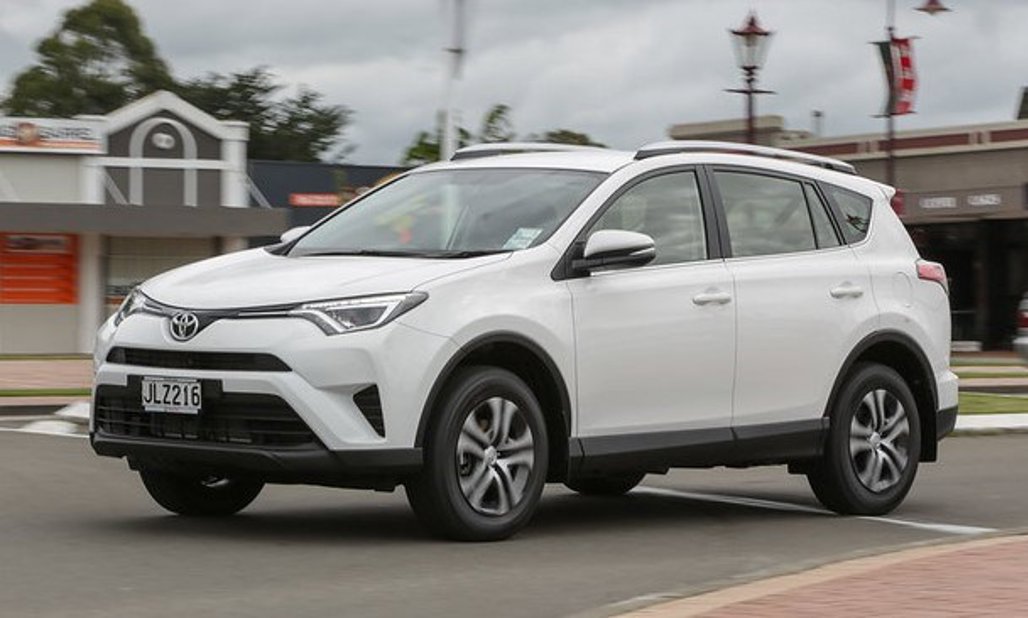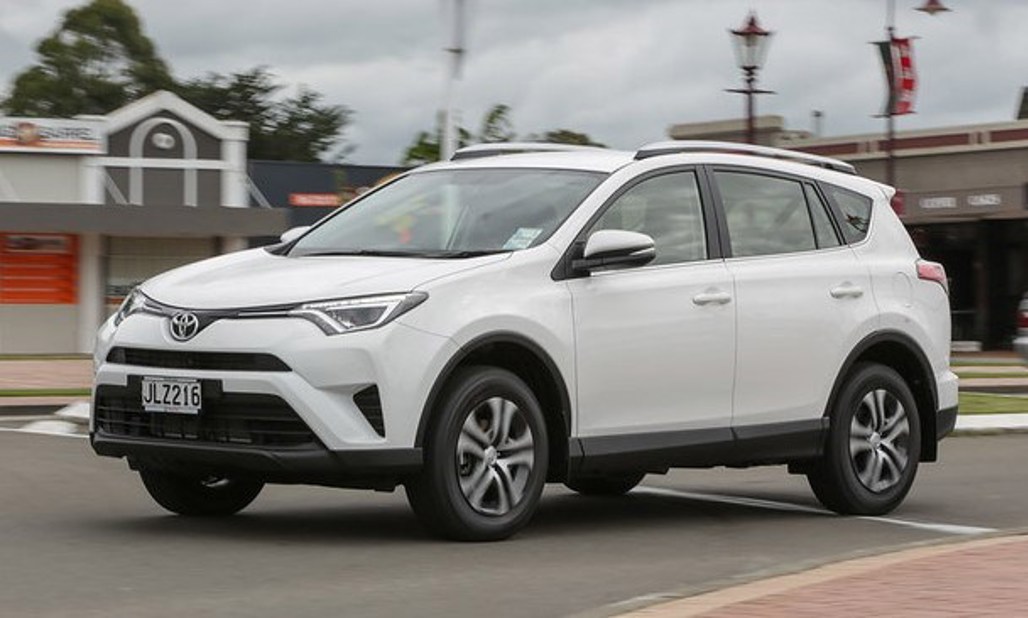It’s fair to say that the latest version of the Toyota RAV4 (launched in 2018) has taken the model from “everyday transport” to “aspirational SUV” in the eyes of many New Zealand buyers.
That’s thanks partly to the timely addition of a hybrid-powertrain option to the local range, but there’s also been a general move upmarket in design and, let’s face it, that “rental car” vibe has all but disappeared after a change in business focus from Toyota NZ and the wrecking-ball effect of Covid-19 on tourism.
We reckon the fact that there’s a huge waiting list for new RAV4s (several months) and the nameplate’s newfound semi-glamour-status in general means there’s even more of a focus on the previous fourth-generation model as a used vehicle than there used to be. And the RAV4 has always been a top priority for savvy secondhand buyers, so that’s saying something.
The fourth-generation RAV4 was sold from 2013-19, with a facelift in the middle for 2016.
This was the generation where Toyota decided to iron out all the kinks: previous RAV4 generations had been sold in three or five-door shapes, and even with a choice of two wheelbase-lengths for the latter.
To view 2013-18 Toyota RAV4 models listed on DRIVEN, click here
The 2013 model kept things simple: just the one five-door body style.
Overseas, this model did come with a hybrid engine option, so you may come across those from time to time as used imports, but they’re rare. “Rare” as in we’ve never seen one in NZ!
The Kiwi-new model offered 2.0-litre front-drive, 2.5-litre petrol and 2.2-litre turbo-diesel engine options (both AWD).
The FWD model makes sense as an urban SUV and is the most fuel-efficient of the lineup. But if driving pleasure is a priority, bear in mind that the entry FWD car had Continuously Variable Transmission (CVT), whereas the petrol and diesel AWD models had a conventional six-speed automatic.
On the other hand, if the FWD is your thing, maybe keep an eye out for one of the 100 “Edition 21” models (below) created by Toyota NZ to celebrate the RAV4’s coming-of-age birthday.
They were offered in black, white and blue and can be identified by their silver exterior accents.
Overall, this era RAV4 is simply a rock-solid family SUV that’s easy to drive and easy to live with (although DRIVEN reader Chris Lloyd characterises the road noise as "ridiculous"), with plenty of cabin and luggage space. Not without its surprise-and-delight features either, like the later models' adjustable hanging net in the boot for groceries and small cargo items.
The post-2016 facelift model is a good one to aim for if it’s within budget, because that was when Toyota started to really roll out its then-new Safety Sense (TSS) package of active safety gear. Although it’s not fitted right across the range, as it is in the latest model; so look for a GXL or Limited.
Its age and the volume of vehicles sold in NZ mean this fourth generation version is your best bet for getting a RAV4 at whatever your ideal balance of mileage and price is, because you have the maximum number to choose from and it's still new enough to serve as a practical and safe family workhorse.
It won’t rock your socks (although the diesel is actually a pretty nice drive), but it won’t break your heart either.
To view all Toyota RAV4 diesel models currently listed on DRIVEN, click here
In fact, the fourth-generation RAV4 is about as close to faultlessly reliable as you can get for a used vehicle. There are absolutely no model-specific recalls registered in NZ for this model, which is something not even the latest version can claim (it had a front suspension arm fix in 2019). We’re excluding the global Takata airbag recall of course, which affected ten of thousands of Toyotas and virtually every other brand.
There was a NZ recall for the 2005-16 RAV4 Vanguard (above) to rectify rear seatbelt attachments, but that’s an entirely different older model that was only available in the Japanese domestic market, although it is common in NZ as a used import. Click here to take a look.
So what to look out for on a used fourth-generation RAV4? Aside from the usual service history and overall condition stuff, it’s worth taking a peek underneath to check for off-roading damage. The RAV4’s off-tarmac abilities are modest, so if previous owners have decided to put the car to the test it wouldn’t be hard to get into trouble.
There are some reports of rattling from a loose exhaust manifold cover, but that’s easily rectified.
That's about the biggest issue we can find, which kind of sums it up: it might not be one for the enthusiast, but the fourth-generation RAV4 is a very easy car to recommend used. And these days, the neighbours might actually be impressed with your choice as well.
To view all Toyota RAV4 models currently listed on DRIVEN, click here




